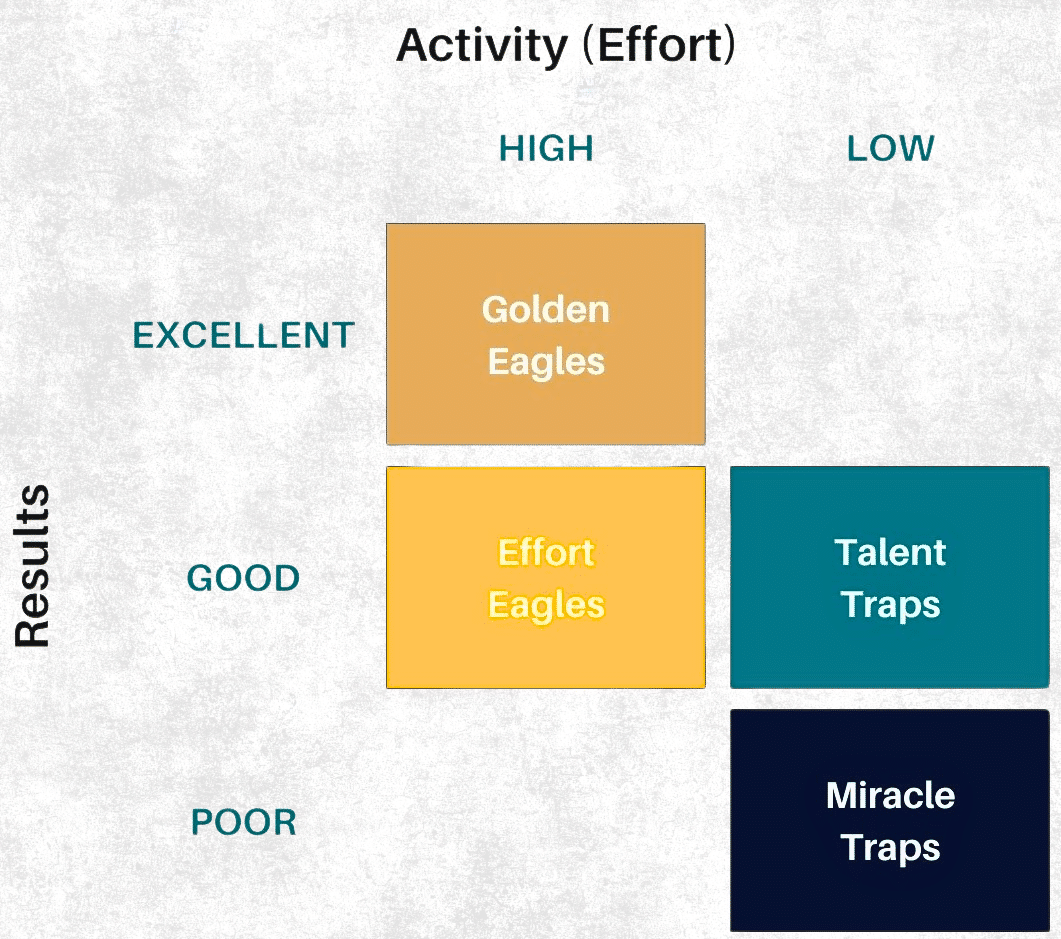In most organizations, 20% of sales representatives are responsible for over 60-80% of total sales, while the other 80% contribute just 20-40%. This disparity prompts the question of how to recruit more of these high-impact performers, who can be up to six times as productive as their peers.
Traditional sales hiring often relies on gut-feeling hiring decisions, contributing to the prevalent 20/80 productivity split. Recognizing that charisma in interviews doesn’t always translate to sales efficacy, Self Management Group (SMG) employs tools like the POPTM (Predictor of Potential) to add scientific rigor to the hiring process. This method enhances resume and interview assessments, enabling the accurate identification of top-tier candidates who excel both in theory and practice, thereby cultivating a more effective sales team.

Photo Courtesy: Self Management Group
SMG’s method benchmarks a company’s sales team against top performers and a comprehensive database of 30 million professionals using scientifically validated sales assessments. This process categorizes employees into four distinct segments:
- Golden Eagles (high achievers)
- Effort Eagles (high effort, average talent)
- Talent Traps (talented but low-effort)
- Miracle Traps (low achievers)
By focusing on hiring candidates akin to their Golden Eagles, companies can emulate success and address the productivity gap.
To enhance sales hiring with a scientific approach and make more informed decisions, follow these steps suggested by Self Management Group:
Step 1: Benchmark Your Current Sales Force
- Implement a scientifically validated sales assessment such as SMG’s POPTM for a benchmark study of your current sales force. Ensure the assessment’s reliability is reflected in its correlation with the team’s real-world performance.
- The benchmark study will involve analyzing sales KPIs (performance), assessment results (talent), and managerial feedback (effort) to categorize your sales force into the four previously mentioned groups.
Step 2: Hire Top Performers and Culture Fits
- Utilize the insights from the benchmark study to pinpoint the traits of Golden Eagles in your sales team. Focus on recruiting candidates who mirror these characteristics.
- Subject new candidates to identical scientific assessments to assess whether their “talent” — covering elements such as experience, education, personality, motivation type, communication style, and approach to conflict resolution — aligns with the attributes of the top 20% of your current sales force.
This approach empowers businesses to systematically attract sales talent that matches the profile of their highest achievers, thereby boosting the overall effectiveness of the team.
Step 3: Train and Motivate
- Employ the results of the benchmark study to identify the Effort Eagles and Talent Traps within your current average-performing sales staff.
- Provide Effort Eagles, who show high motivation but lack certain skills or experience, targeted training and support. These individuals have the potential to become Golden Eagles with the right training and manager support.
- Motivate Talent Traps, who are inherently talented but lack the drive. They achieve decent results with minimal effort, but their main challenge is motivation. Implementing tailored incentives and motivational strategies can encourage them to exert more effort.
Step 4: Remove Bad Hires and Foster a High-Performance Culture
- Identifying and eliminating Miracle Traps, individuals who lack both skill and effort, from your sales team so you can invest in and focus on the best.
- They’re called Miracle Traps because it is a miracle that they managed to get hired and continued to stay on the team while not being qualified nor putting in effort.
These individuals generally fail to contribute positively and instead deplete resources. Removing them is essential for preserving team efficiency and morale.
Step 5: Strengthen Top Performers
- Collaborate with Golden Eagles to discern their successful strategies and areas for improvement. Direct resources and investments according to the needs and feedback of these top performers.
- Offer both Effort Eagles and Talent Traps the opportunity to rise to the level of Golden Eagles. However, it’s crucial to establish clear boundaries regarding the extent of resources allocated to them. This approach ensures that additional support is meaningful and finite, preventing continuous low-impact expenditure.
- Work closely with Golden Eagles to uncover their winning strategies and potential growth areas. Allocate resources and investments based on the needs and insights of these top performers.
- Provide opportunities for both Effort Eagles and Talent traps to elevate their performance to Golden Eagle status.
In summary, strengthening a sales force hinges on three principal strategies:
- Hiring Top-tier Talent (Golden Eagles): Focus on recruiting salespeople who mirror the qualities of your top 20% performers. These individuals are instrumental in driving the majority of your profits.
- Elevating Existing Team Members (Effort Eagles, Talent Traps): Invest in enhancing the skills and motivation of current team members who show potential. This investment can transform Effort Eagles and Talent Traps into top performers, contributing significantly to your sales success.
- Reassessing Underperformance (Miracle Traps): Critically evaluate and make tough decisions regarding those who consistently underperform. Redirecting resources from Miracle Traps to more promising talent can lead to better returns.
Remember, the top 20% of your sales force typically accounts for 60-80% of your profits. The aim should be to focus more on recruiting, supporting, and retaining individuals similar to your current top 20% rather than over-investing in the remaining 80% who contribute significantly less to your profits. Aligning your resources and strategies with these insights can help your business develop a sales team that is more effective, efficient, and profitable.
Published by: Nelly Chavez













